3D printing technology has revolutionized manufacturing and prototyping across industries. One of the most widely used 3D printing technologies is Selective Laser Sintering (SLS). SLS uses a laser to fuse powdered material, layer by layer, to create 3D objects. Compared to other 3D printing methods, SLS offers unique advantages that make it ideal for industrial applications. In this blog post, we will explore the world of industrial grade SLS 3D printing and how it can help unleash creativity and innovation.
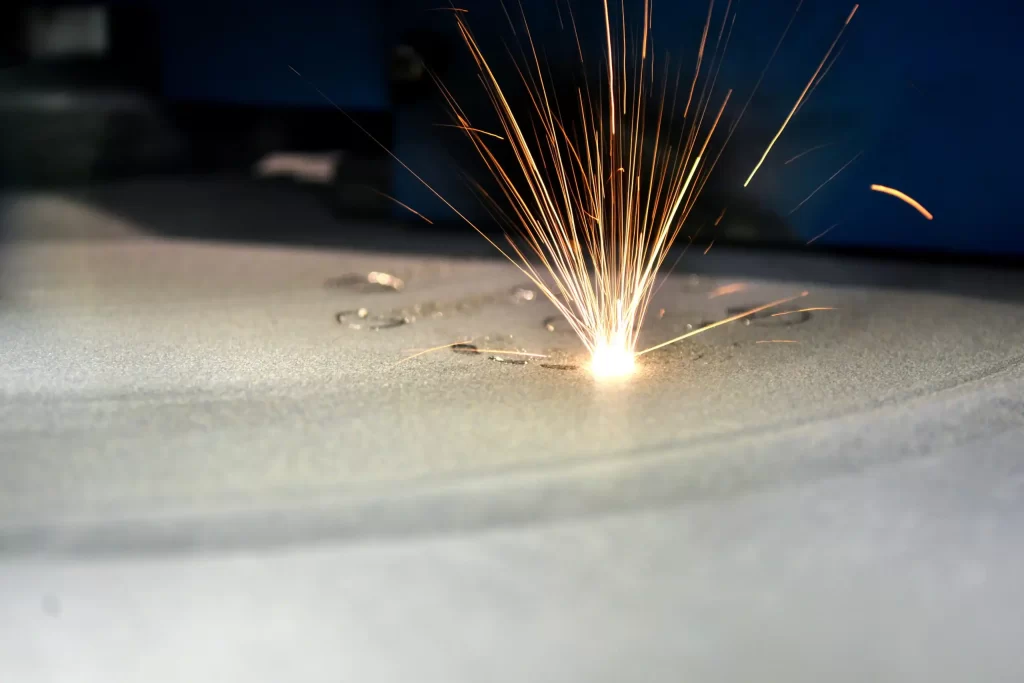
High Precision for Detailed and Complex Parts
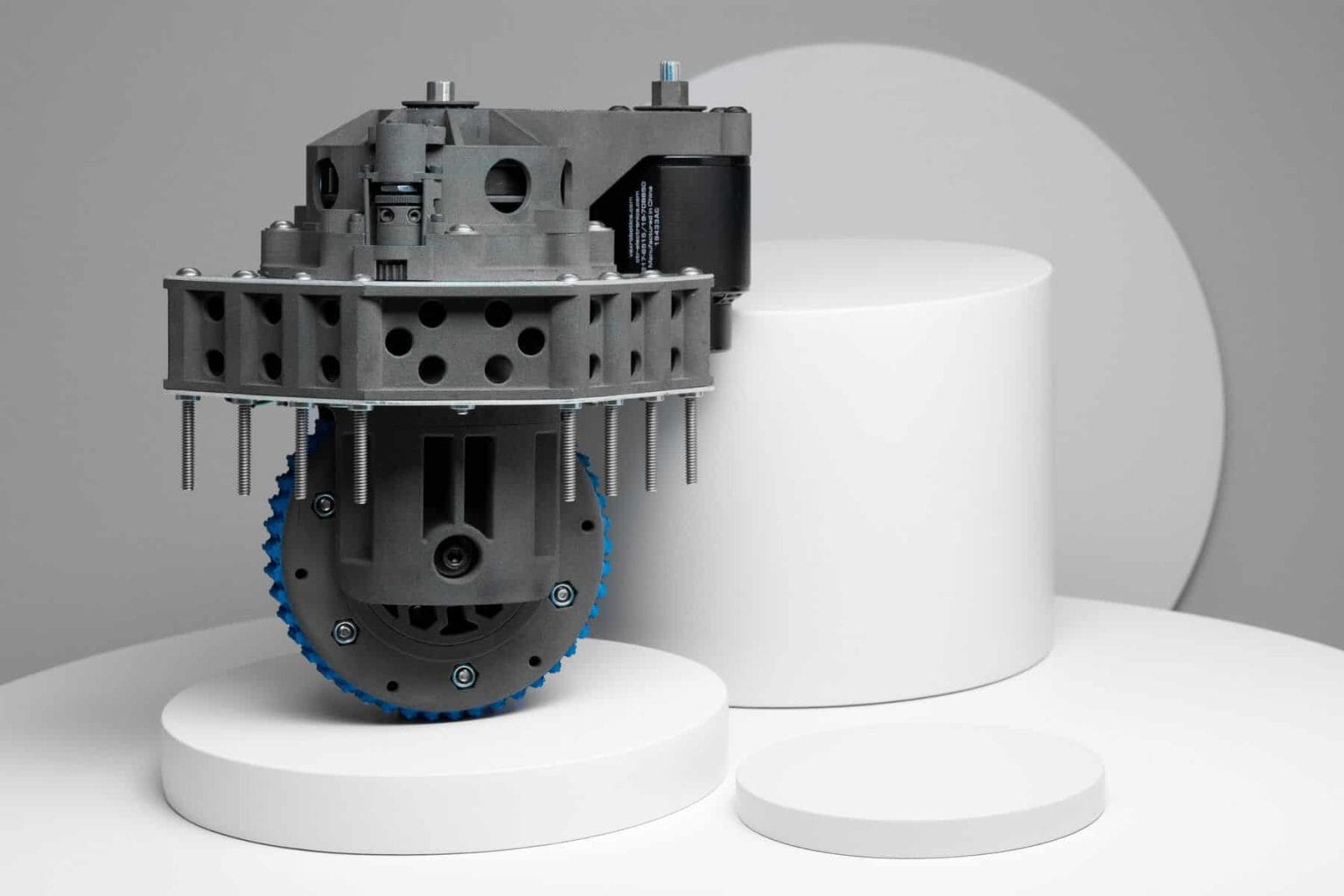
SLS 3D printers can achieve an incredibly high level of detail and complexity in printed parts. The laser is able to fuse the powder material with precision as fine as 0.07mm layer thickness. This allows for the creation of intricate geometries, complex inner structures, and fine features in 3D printed objects.
Industrial SLS printers like the SLS-3540Pro have specialized high precision laser systems and customized software for optimized build path planning.
This enables precise control over the sintering process to print detailed and complex components not possible with conventional manufacturing. The exceptional precision of SLS technology makes it perfect for industries like aerospace, automotive, and medical that require high accuracy.
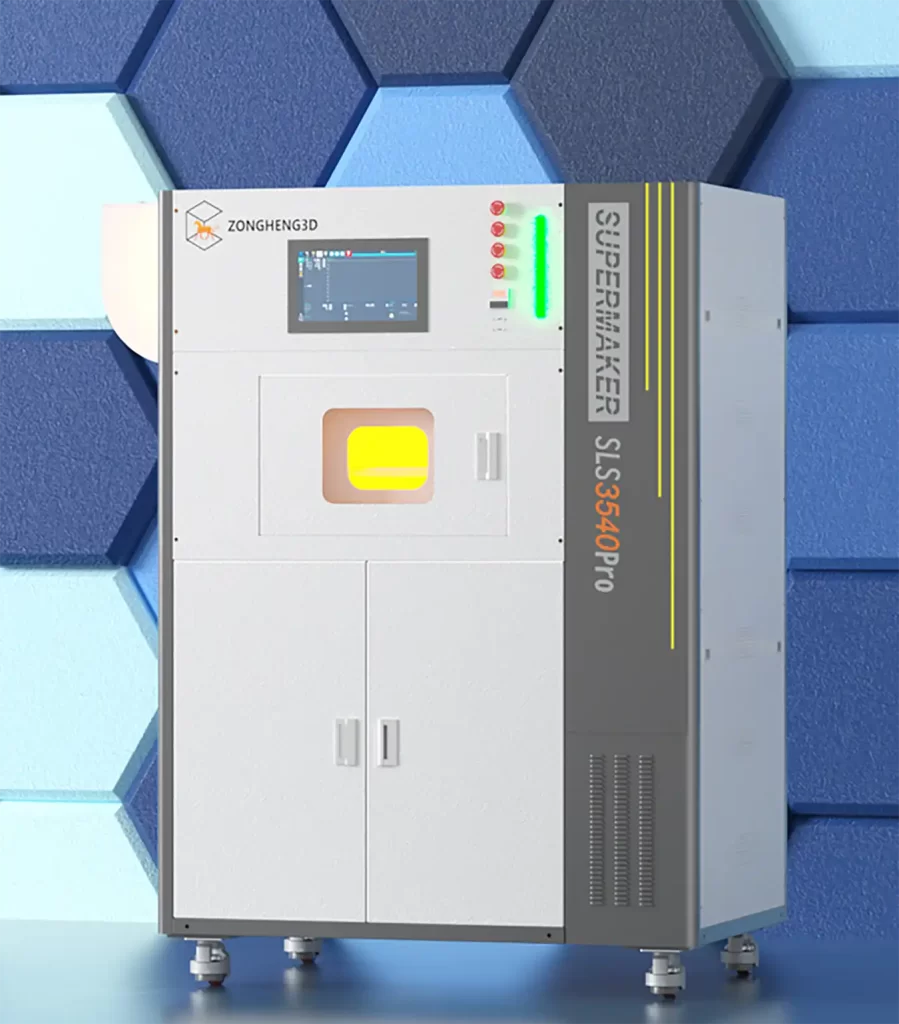
Limitless Design Freedom Without Supports
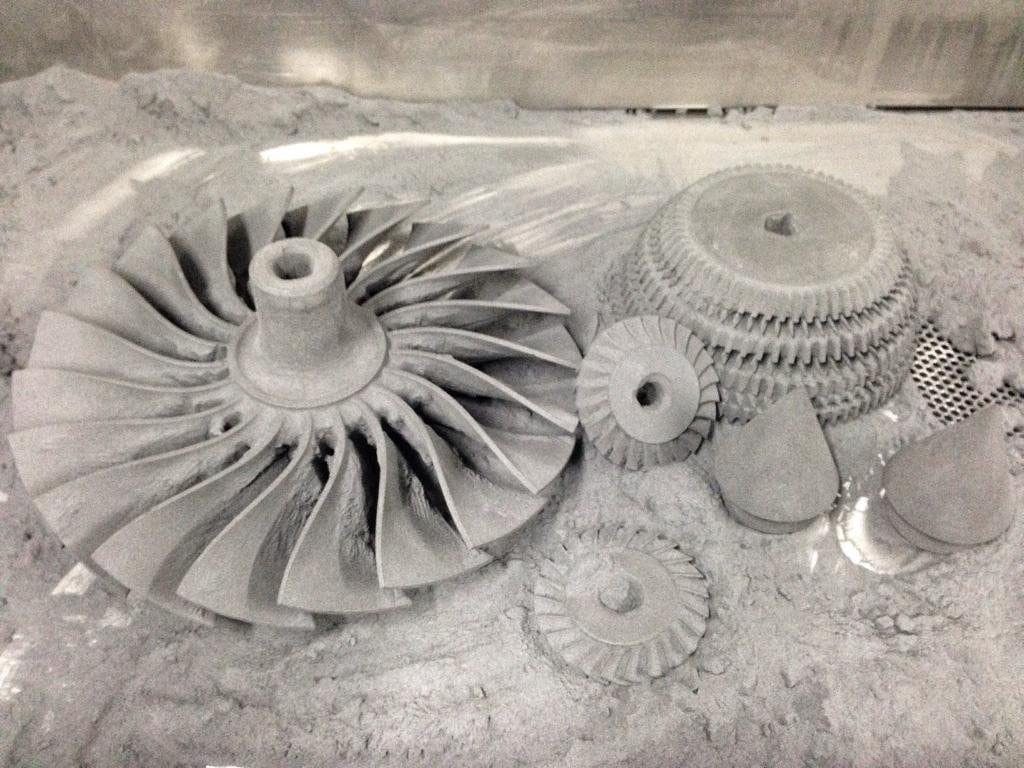
One of the major advantages of SLS 3D printing is the freedom to create complex and organic shapes without the need for structural supports. The powder bed itself acts as support during the print process. This allows unrestrained creativity in design without concern about overhangs, undercuts, and topology optimization. Complex enclosed moving parts like gears and bearings can be easily printed on industrial SLS systems. The lack of support structures also means no messy support removal post-processing. Parts come out of the machine ready for use. This enables rapid prototyping and validation of the most creative product designs.
Durable Industrial Grade Materials
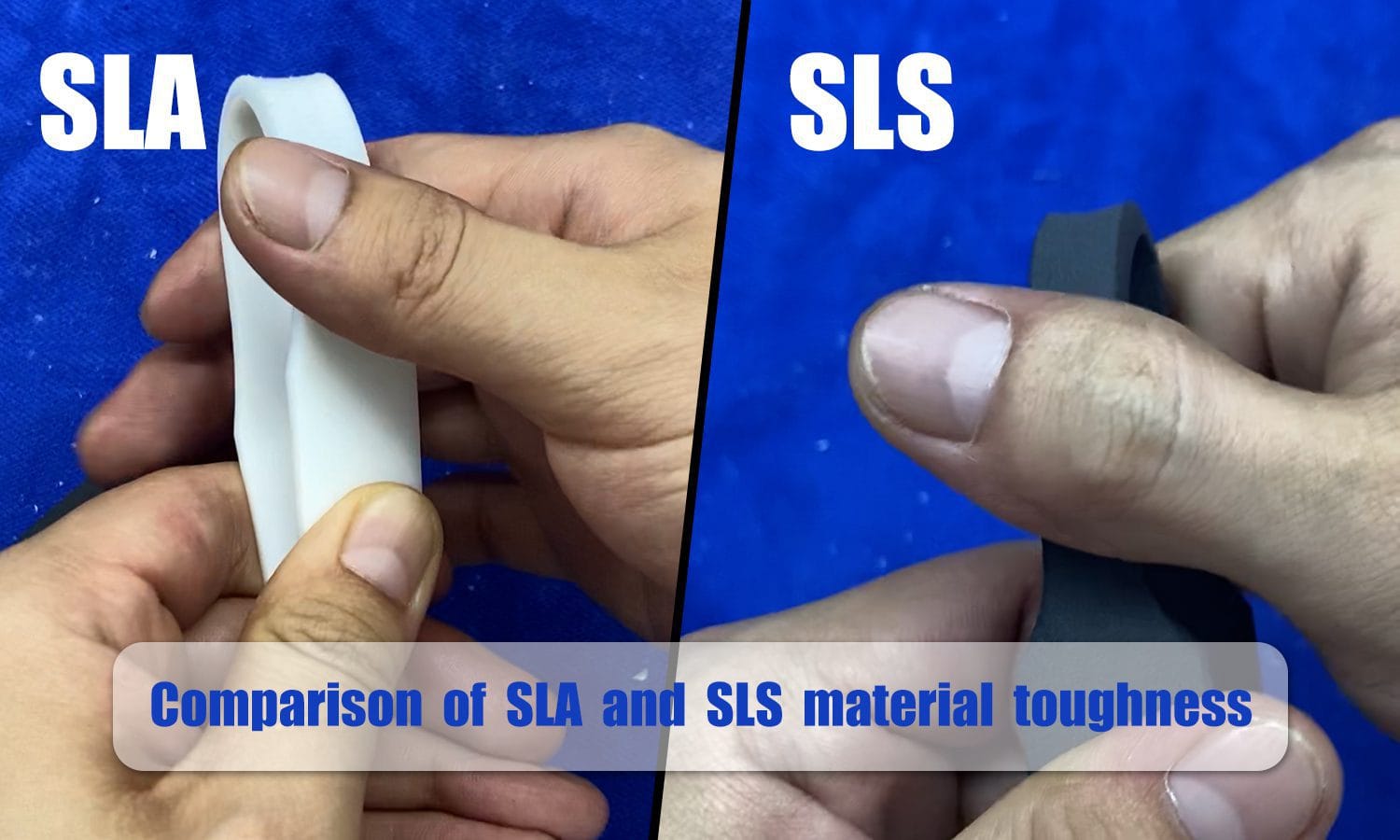
SLS technology uses powder-based thermoplastics as printing materials. Industrial SLS printers can utilize high performance materials like nylon, glass filled nylon, polyamide etc. Parts printed from these engineering thermoplastics have excellent mechanical properties like high tensile strength, heat and chemical resistance. The materials are ideal for functional prototypes and end-use products across transportation, industrial equipment, consumer appliances etc. The variety of industrial grade printing materials available for SLS technology makes it adaptable for diverse application requirements.
Cost-Effective Production with High Material Utilization
SLS printing generates very little waste material during the printing process. All unused powder can be reused for future prints. This results in a material utilization rate of almost 100%, which drastically improves cost-effectiveness especially for small to medium batch production runs.
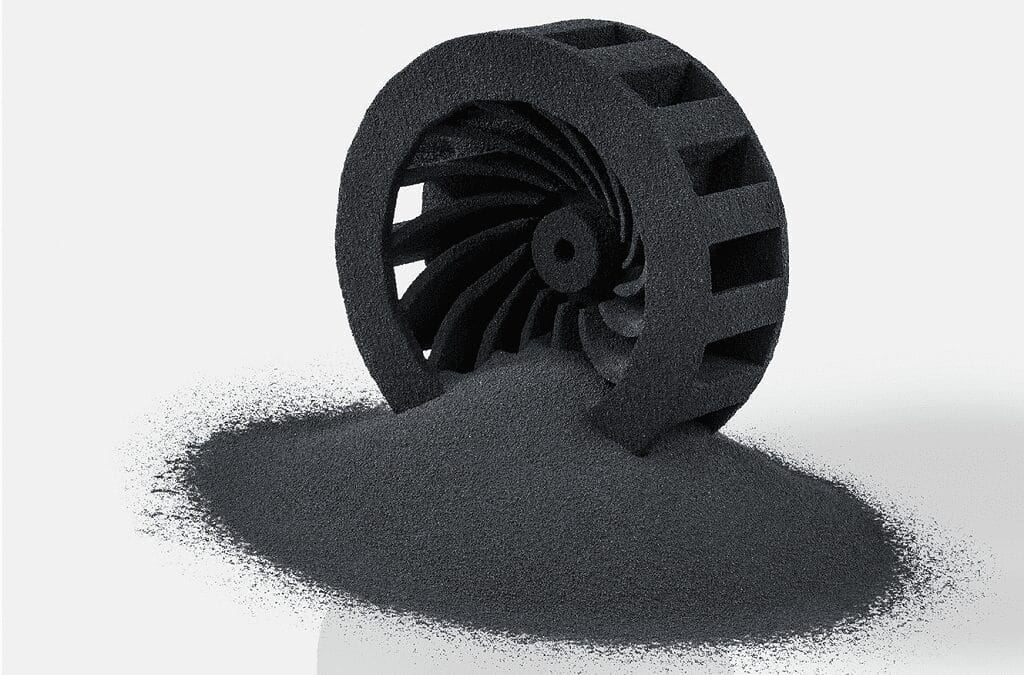
The automated nature of SLS printing also eliminates secondary processing needs like machining or assembly. This reduces labor costs and lead time. SLS capabilities like nesting of multiple parts in a single build volume further enhance material savings and productivity. Overall, SLS technology delivers a very high return on investment for small-scale manufacturing.
Distributed Manufacturing Capabilities
Conventional manufacturing relies on centralized facilities with assembly lines. SLS 3D printing adopts a decentralized production model. Companies can set up SLS production at different locations close to local markets and end-users.This approach reduces logistics expenses and lead time for fulfilling customer orders. SLS capabilities also facilitate just-in-time manufacturing according to current demand. The distributed manufacturing model of industrial SLS printers provides flexibility and responsiveness which is vital for today’s dynamic business environment.
Accelerated Product Development Cycles
One of the most significant advantages of SLS 3D printing is compressing product development timelines. Companies can create multiple design prototypes in short iterative cycles to quickly evaluate product viability.
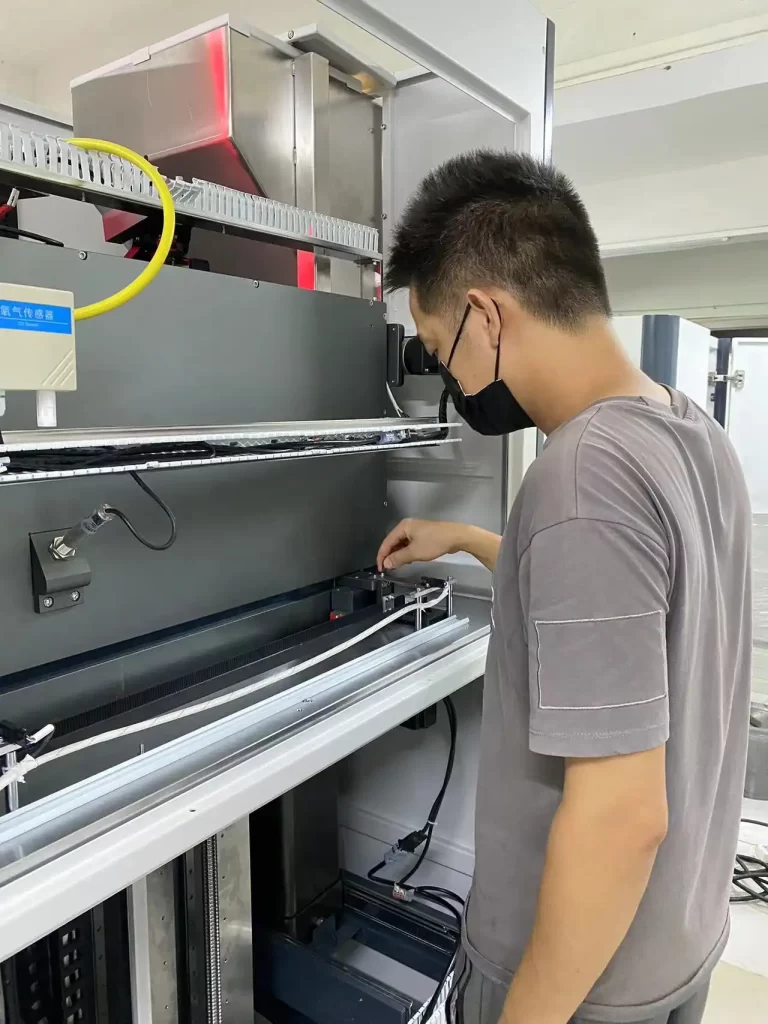
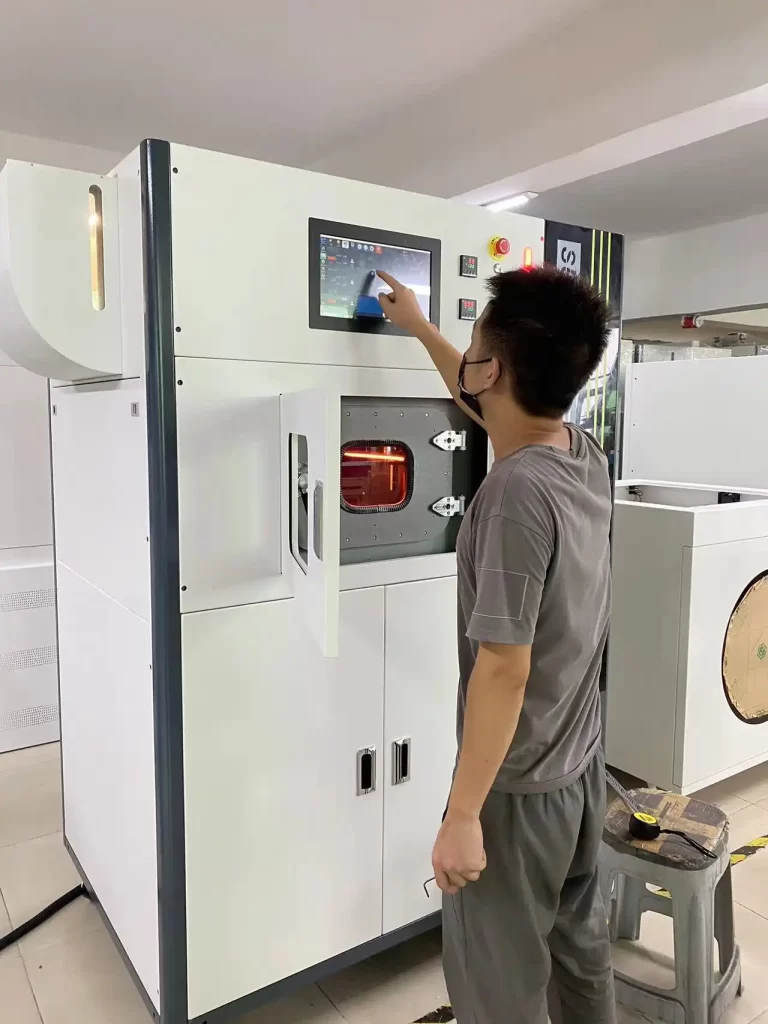
Engineers can also test functional prototypes that accurately represent the end product. This enables early-stage verification of key metrics like performance, durability, aesthetics etc. Industrial SLS printers like SLS-3540Pro allow rapid printing of optimized prototypes within hours rather than weeks. SLS 3D printing solutions enable faster innovation and dramatically reduced time-to-market.
Customization for Better User Experience
SLS technology facilitates cost-efficient short-run production, making custom manufacturing financially viable. Companies can leverage this to provide personalized products tailored to individual customer needs. For example, in the medical sector, SLS printing enables custom orthotic insoles mapped to each patient’s foot scan data.
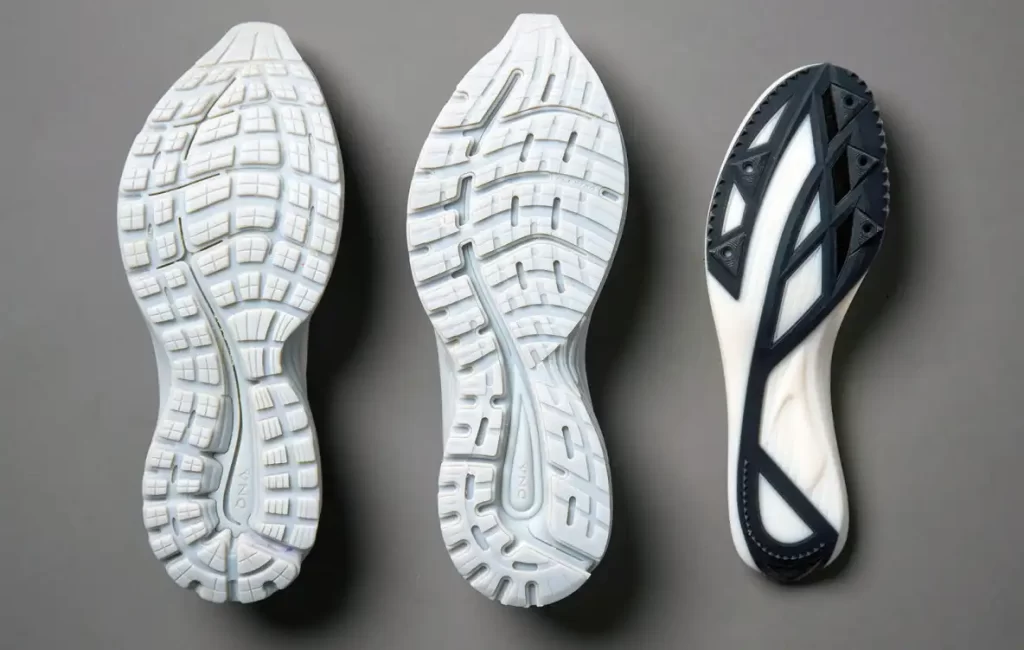
Such custom-fit products provide better comfort and effectiveness over one-size-fits-all solutions. The customization capabilities of industrial SLS printers present new avenues for companies to improve customer satisfaction and brand loyalty.
Lightweight Engineering for Performance Gains
SLS 3D printing enables innovative lightweight engineering across automotive, aerospace and other sectors. Companies can optimize topologies and internal geometries to reduce weight without compromising structural integrity. Lightweighting improves fuel efficiency and enhances speed or payload capacity depending on the application.
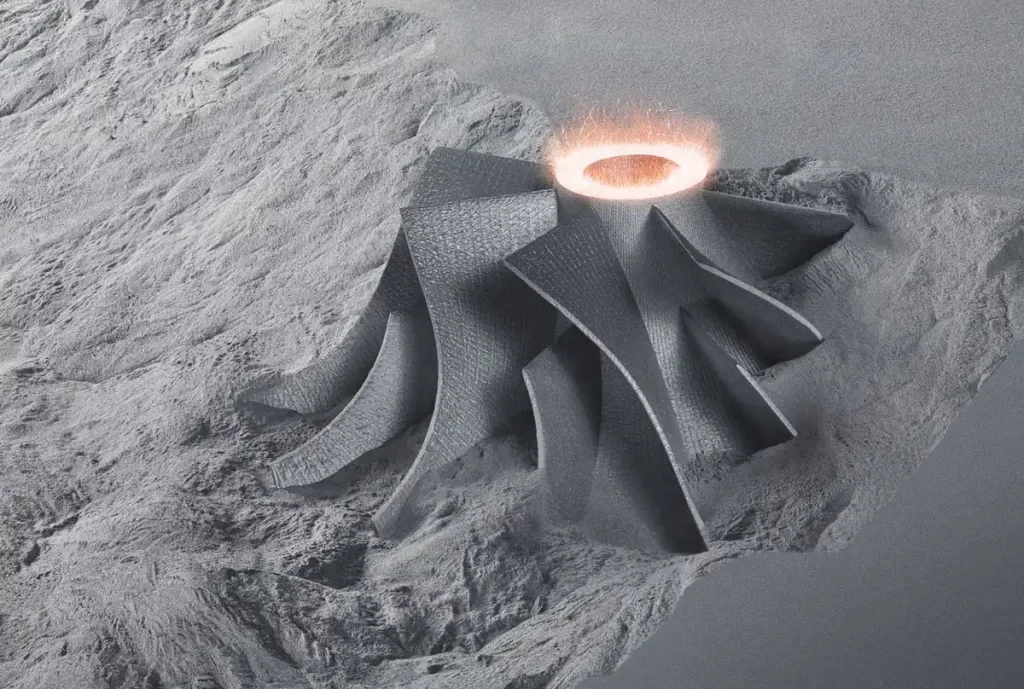
The design freedom of SLS technology is ideal for manufacturing optimized lightweight components like automotive brackets and aircraft ducting. SLS capabilities can also minimize over-engineering and material waste prevalent in traditional manufacturing.
Limitless Applications Across Industries
The versatility of SLS 3D printing has led to widespread adoption across diverse industries. Automotive companies use SLS for lightweight components and customized interiors. Healthcare providers employ SLS for customized prosthetics and implants.
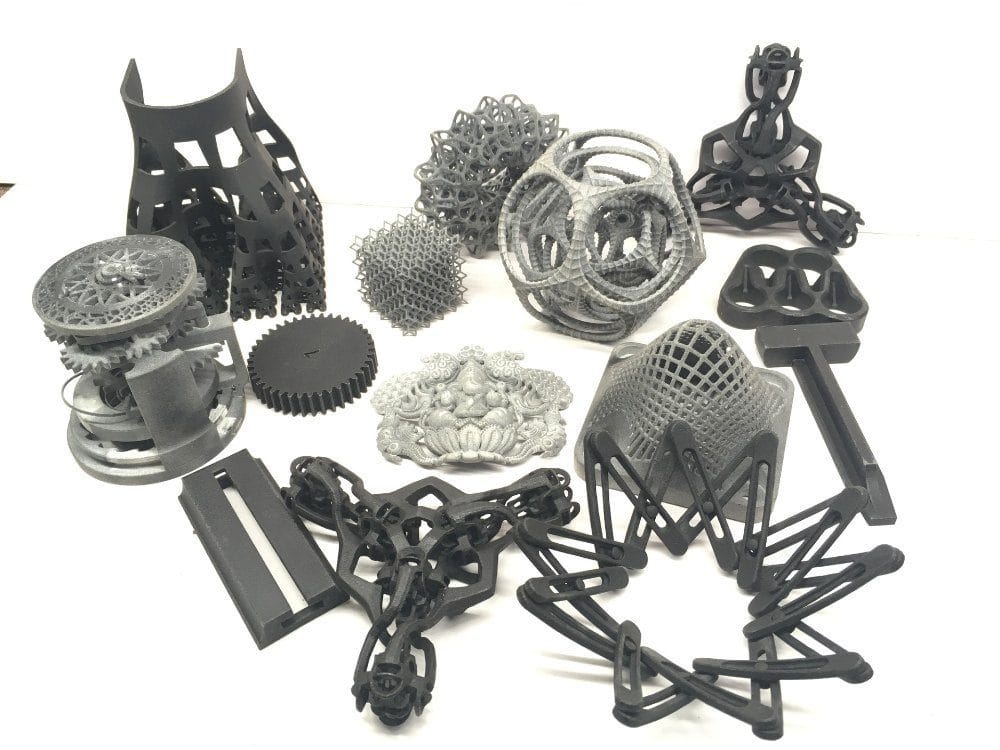
Consumer goods brands leverage SLS for prototypes and end-use products. Industrial manufacturers use SLS for jigs, fixtures, robot grippers and other tools. The applications of industrial SLS printers are constantly expanding as companies uncover new ways to apply this technology.
Sustainable Manufacturing Process
SLS is an additive manufacturing process with little material wastage and energy consumption compared to traditional subtractive techniques. SLS printers utilize inert gases like nitrogen rather than hazardous chemicals for the print chamber. The ability to reuse excess material also minimizes waste generation.
Since objects are built layer-by-layer only where required, SLS technology has a lower carbon footprint aligned with environment-friendly manufacturing practices. As sustainability becomes an important priority, industrial SLS solutions provide the means for more responsible production.Industrial grade SLS 3D printing unlocks new potential for creativity, customization and sustainable manufacturing across sectors. With unmatched design freedom, exceptional precision, and durable engineering materials, SLS technology is revolutionizing prototyping and production. The distributed capabilities, accelerated workflows and cost-efficiency of SLS printers make them indispensable tools for today’s innovative businesses. As this technology continues advancing, SLS solutions will open up even greater possibilities for organizations to gain a competitive edge.


